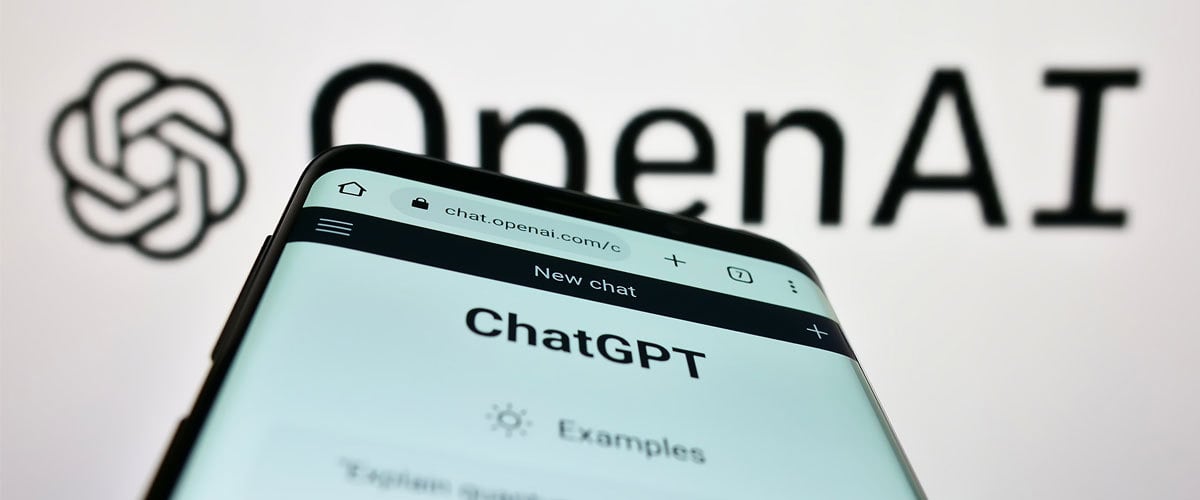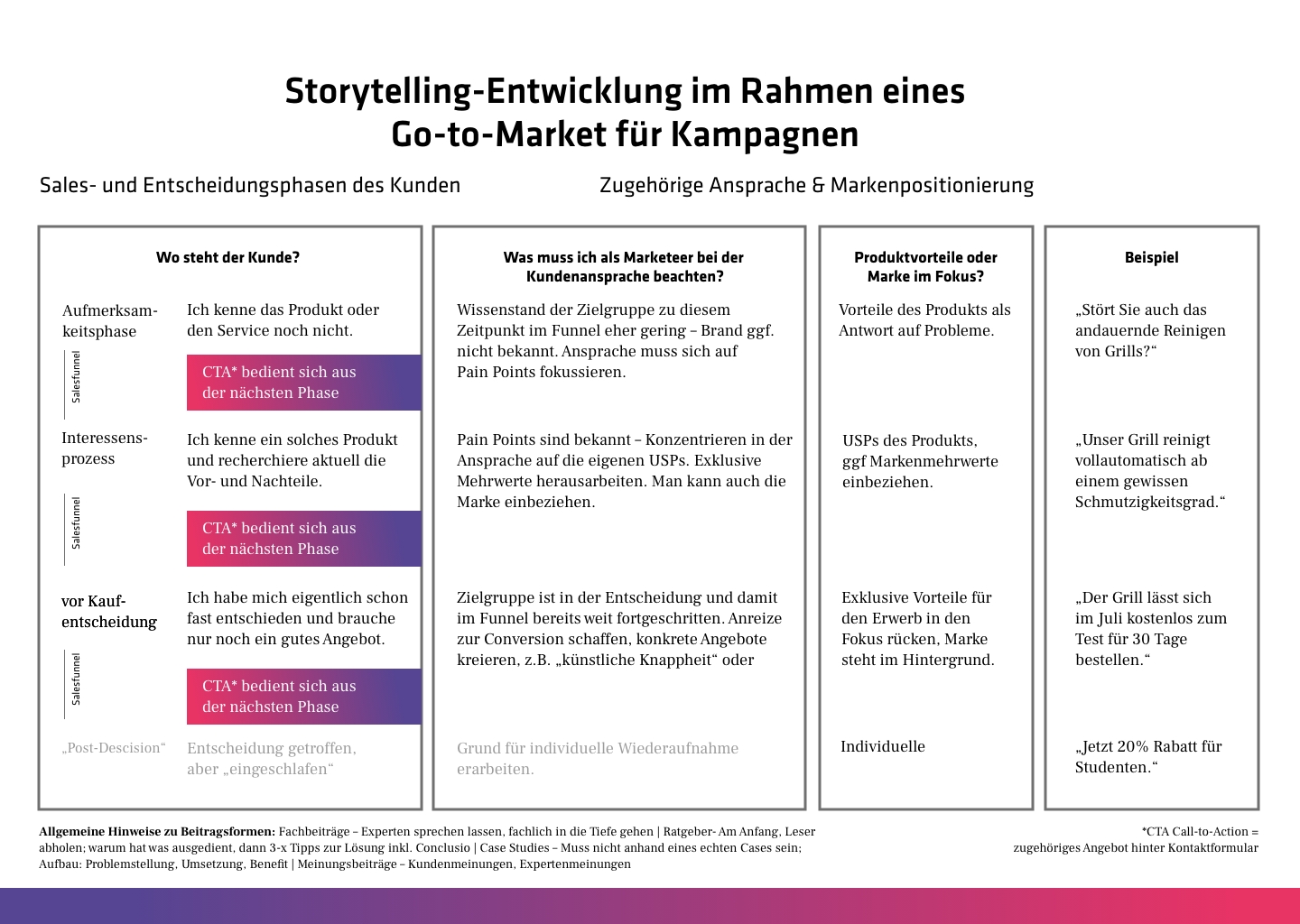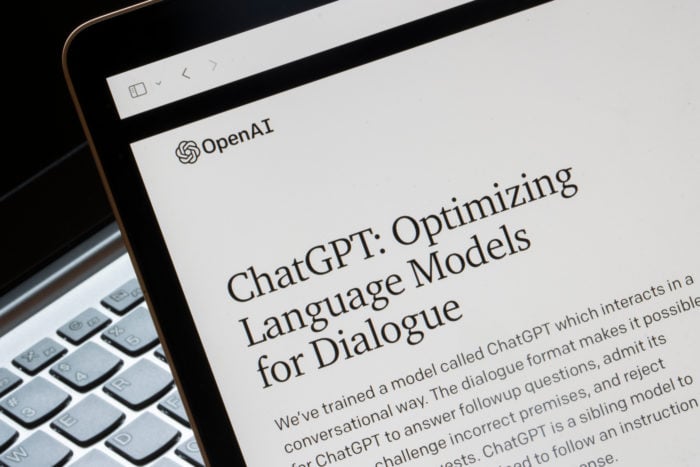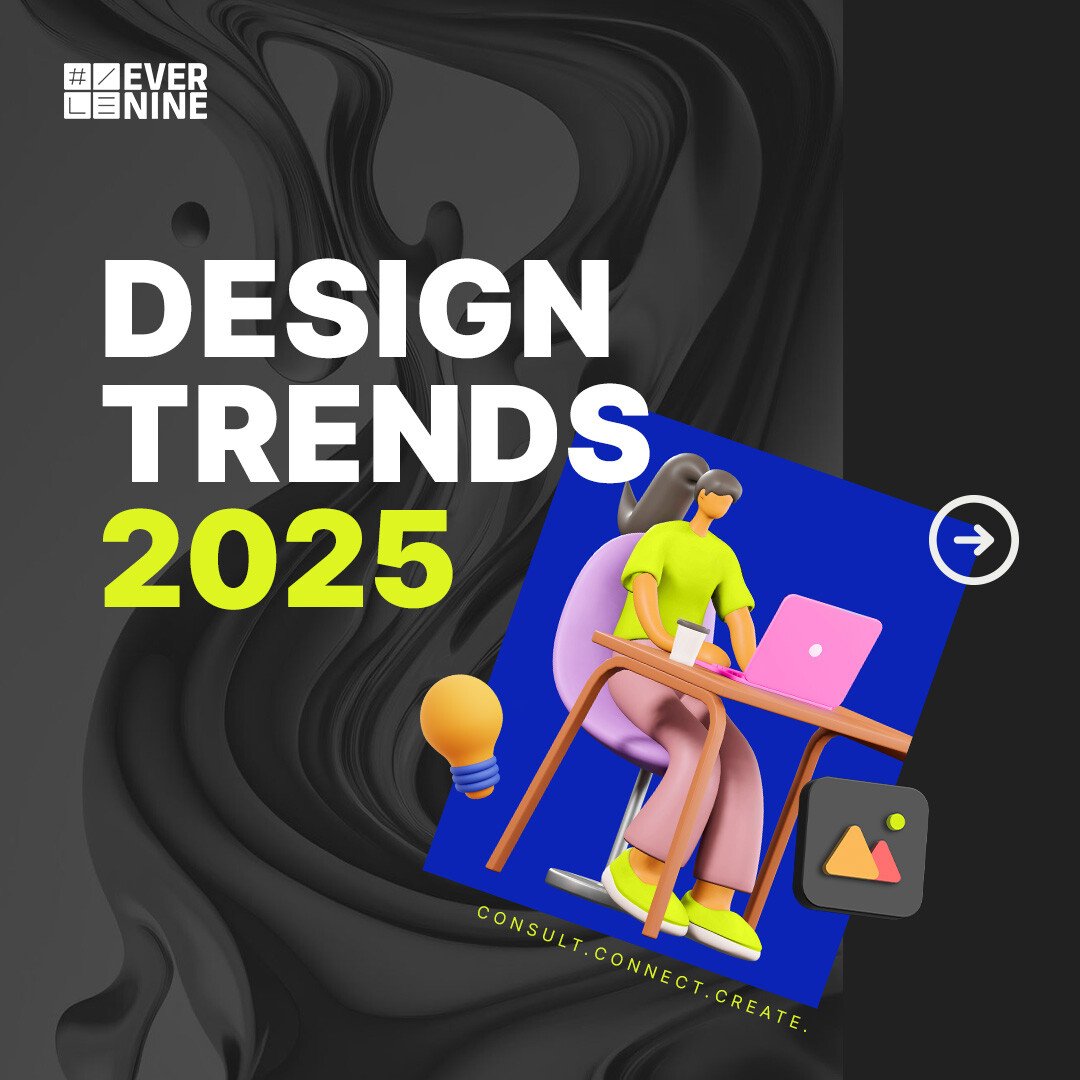
What marketers should know about ChatGPT

Virtually overnight, ChatGPT became THE topic of conversation on all channels, reaching one million users after just five days. In this article, we show the possibilities that AI opens up for marketers and content creators - especially when creating campaign texts - and where the limits of the technology lie.
In January 2023, ARD and ZDF's Morgenmagazin (MOMA) had several reports about ChatGPT and showed, among other things, how the AI chatbot virtually put an amazingly beautiful “fairy tale about a cat and a wolf with 4,000 characters” on paper in no time at all.
ChatGPT also opens up new opportunities - but also challenges - for marketing managers, agencies and other content creators. At its core, tools like ChatGPT could fundamentally change the way marketers search for information and turn it into relevant content for their target audience. However, the latest version of the program, GPT 4, now uses insights and data from previous versions to provide optimized responses.
What is ChatGPT?

ChatGPT is part of the OpenAI company and was launched in November 2022. The free software uses a natural language processing tool to pull information from across the web to answer search queries or even full content queries. Unlike a search engine, the answers provided by ChatGPT are customized, meaning that the content is not copied and pasted from somewhere else on the web, but filtered and converted into the AI's “own” language.
However, one of the biggest drawbacks of ChatGPT is that the tool is unable to distinguish correct from incorrect information that it obtains from the internet, which means that answers can simply be wrong. In addition, ChatGPT is limited to data from 2021, so the information available is not always the most up-to-date, depending on the topic.
Can ChatGPT handle campaign texts?
Marketing content, as we understand and offer it as an agency, always pursues a specific goal: reaching a predefined target group in order to address them precisely at the point in the customer journey where they are. This so-called funnel marketing therefore only works with differently formulated campaign texts: customers who are far out in the funnel are reached more through painpoint-oriented, general content, whereas target persons who are further in the funnel must be addressed directly and in a USP-oriented manner, focusing precisely on their challenges. These campaign texts, which are created as required, are usually linked to a specific action that is marketed with the content.
Creating targeted content therefore requires in-depth analysis and preparation in order to reach the desired target groups and make the campaign a success. This is where ChatGPT reaches its limits. Without human support and the necessary expertise of a full-service agency like Evernine, the technology can deliver grammatically correct and well-written content, but will not achieve the desired precision and impact of a funnel-optimized campaign text.

Those responsible must therefore still read the content of ChatGPT carefully and edit it for tonality, as well as ensure that the information is correct and helpful for the respective target group. This is because the content marketing funnel looks at potential customers, their needs and media touchpoints. The aim is to steer them from initial interest to regular customers. To achieve this, communication must be holistic and coordinated at all levels in order to ensure seamless support on the customer journey to the next conversion.
You want to work with ChatGPT but don't know how?
As a digital consulting and communications agency, Evernine will be happy to advise you!
The advantages and disadvantages of ChatGPT for marketers at a glance
Pros:
- Can help draft emails, blog posts, essays, product descriptions, news and headlines
- Can provide inspirational content for marketers who aren't sure how to start a blog post on a topic, or who aren't sure what perspective to take on a particular topic
- Can pull sources from the internet to provide content owners with a strong starting point for conducting research (however, this content must be vetted for accuracy)
Cons:
- May come from inaccurate sources and provide incorrect information, according to experts
- Struggles to create accurate funnel-optimized campaign copy
- Cannot ask clarifying questions to provide complex or nuanced answers and correctly assess user intent
- Cannot use data created after 2021, so information may be outdated depending on the topic
How the model learns and should avoid bias

However, the tool is constantly being developed and “learns”. The first step is a query such as “Explain AI to a six-year-old”. The system tries to answer the question. A human colleague then goes over the answers and uncovers possible errors in order to improve and control the answers or the output behavior of ChatGPT. This supervised fine tuning (SFT) is intended to serve “reinforced learning” and ensure that the system delivers ever better, more correct answers.
The second step involves collecting comparative data, having the results classified and evaluated by a human and finally training the reward model. After all, it should be worthwhile for the AI to participate and progress during training. In the third step, a so-called Proximal Policy Optimization (PPO) comes into play to improve the model and update the system's strategy for text output using the reward principle.
In order to be able to express itself so eloquently in all possible languages, the algorithm contained in ChatGPT must have internalized and analyzed millions of text documents. And this can become a problem because, as mentioned above, the AI cannot distinguish between incorrect and correct information. Possible biases or cognitive distortions are also problematic. In the context of artificial intelligence, bias also refers to incorrect data or data processing.
OpenAI, the company behind Chat GPT, has now fixed some of these vulnerabilities with version GPT 4 and added enhancements. The tool works more securely and faster and is now able to process images instead of text as input and formulate new content from them. In addition, it now also provides images based on textual input, for example to create rights-free logos and symbols quickly and easily. This also expands the areas of application for marketers. According to the developers, the error rate in relation to program responses has also been further reduced. In initial tests, however, the latest version hardly performed better or even worse than its predecessor. In-depth checks by human colleagues of the AI are therefore still necessary for a profitable use of Chat GPT.
Conclusion
Ultimately, new services like ChatGPT offer an exciting glimpse into the potential future of AI: a future where marketers can spend less time on less important tasks and more time strategizing, analyzing the customer journey, creating targeted content and interacting directly with the intended audience.
But for now, there are still some challenges to efficient use. If used without careful review of the information, marketers could end up publishing incorrect, biased or inaccurate content for their target audiences, which runs counter to the goal of funnel-optimized targeting and, at worst, can lead to distrust of the brand as a whole.
So those responsible need to exercise good judgment and provide their content with their own strategy, storytelling and tone of voice in order to continue to resonate with their target audience. This requires the support of an experienced and excellent full-service agency. Evernine is happy to provide strategic advice on how to use ChatGPT and create successful funnel marketing content.




